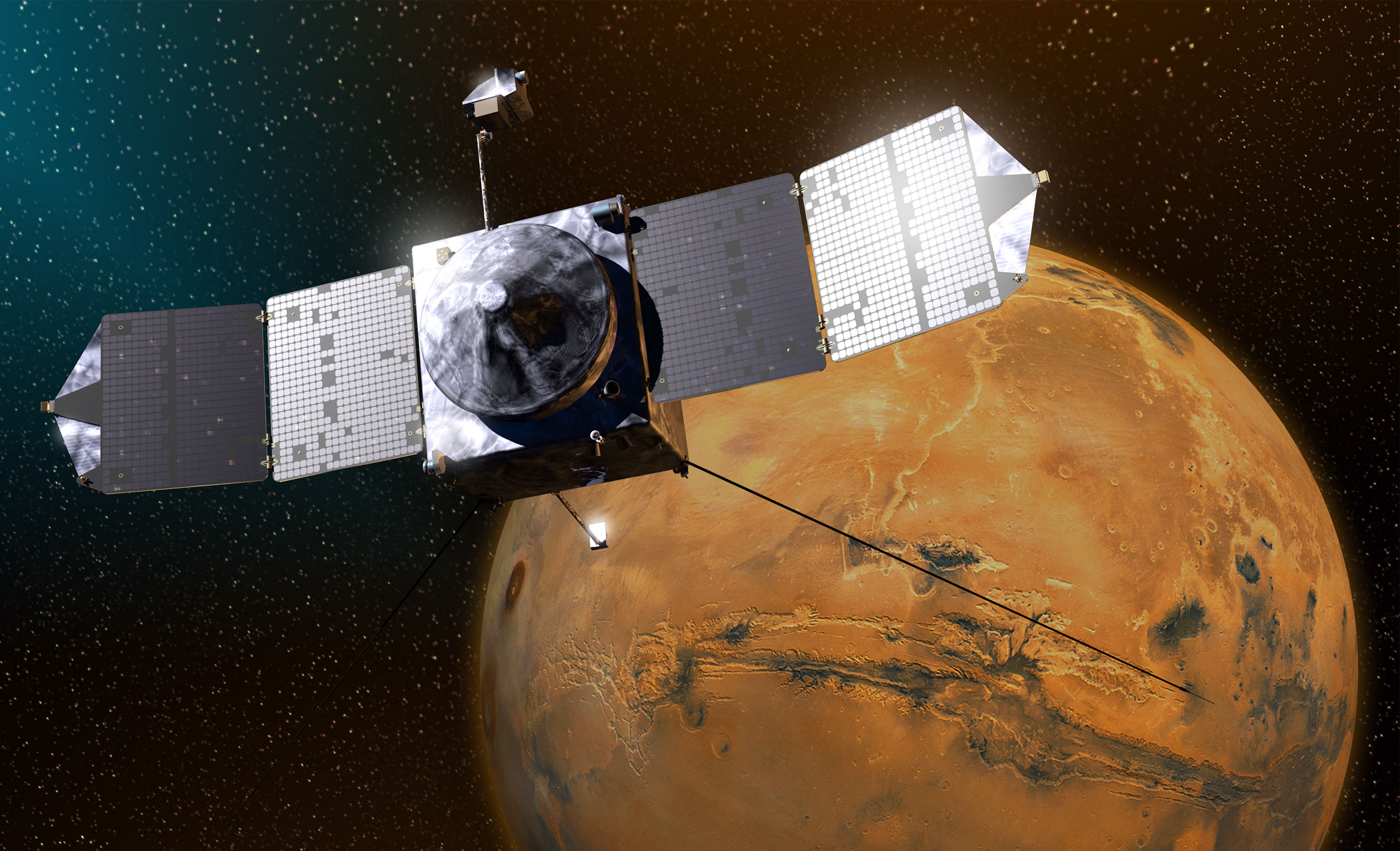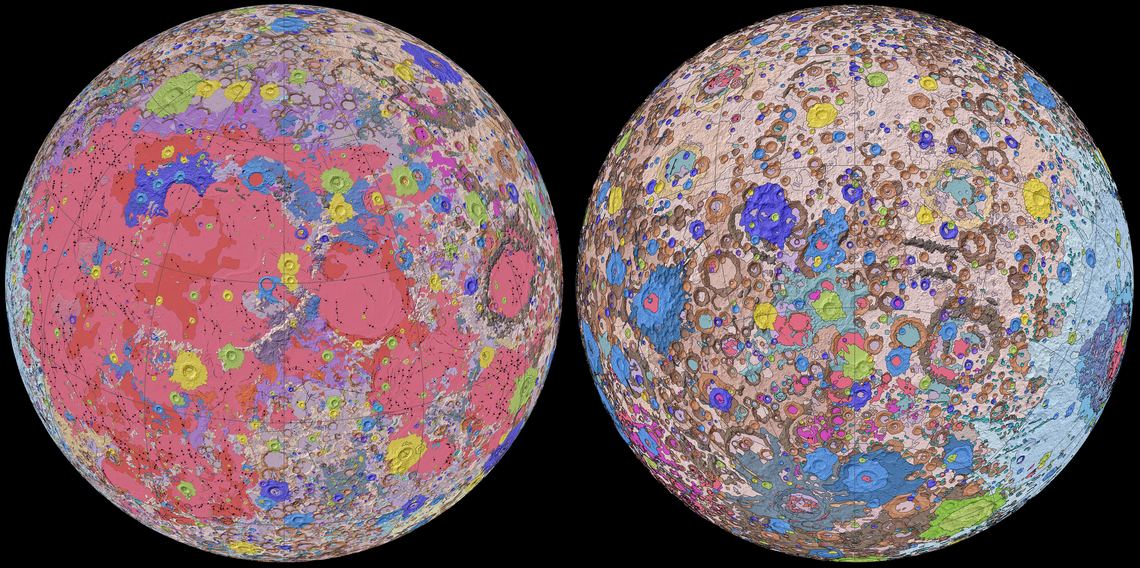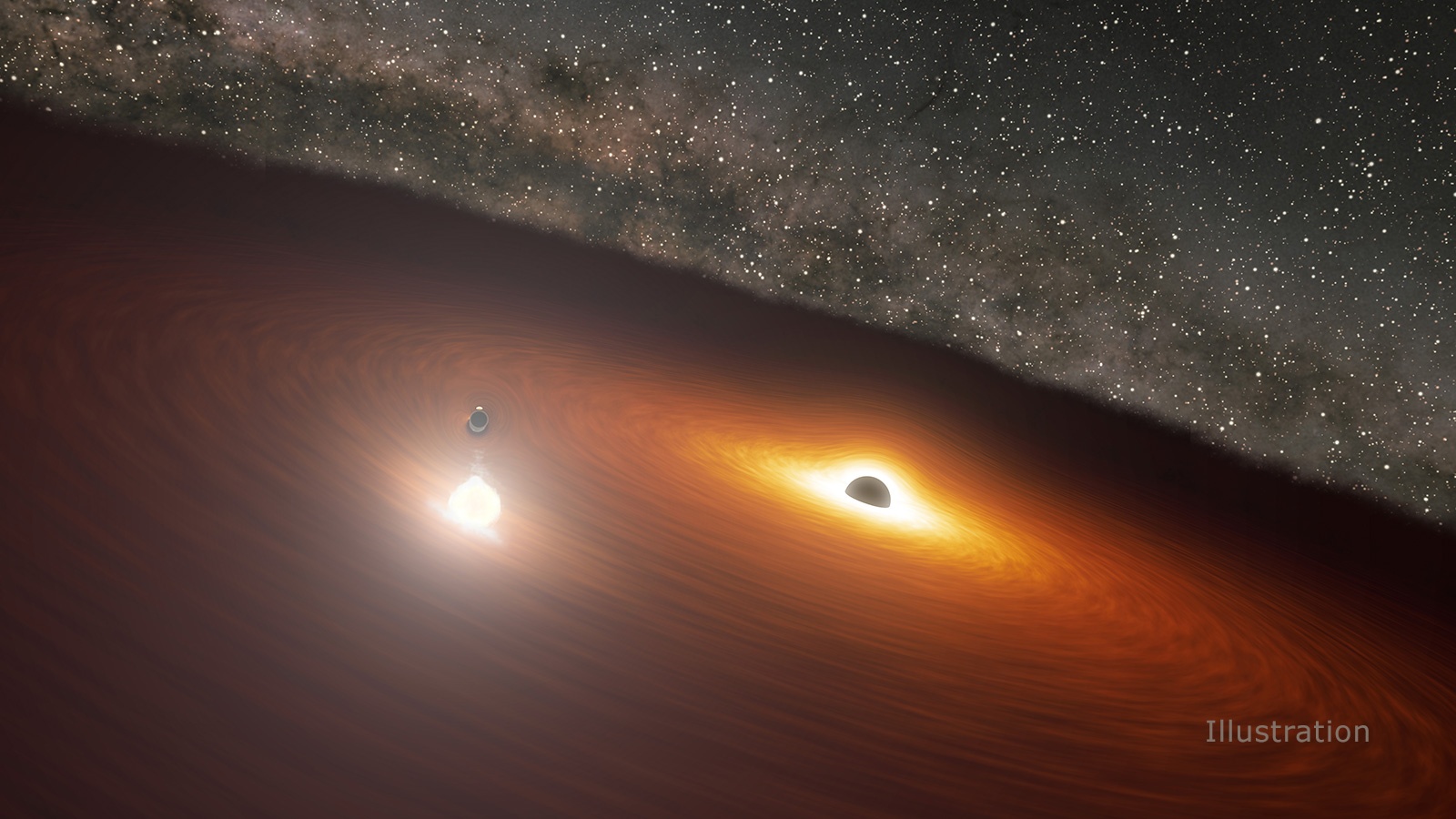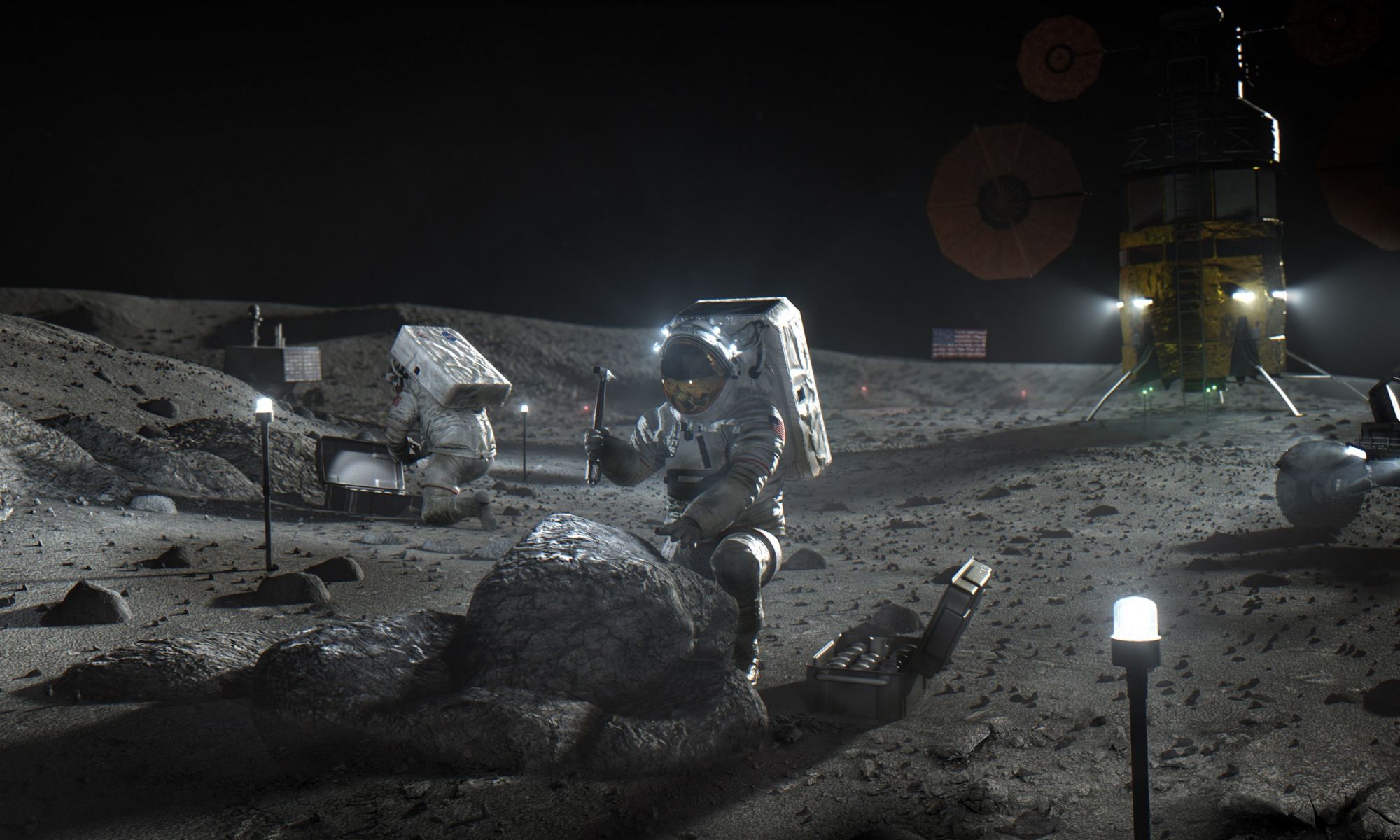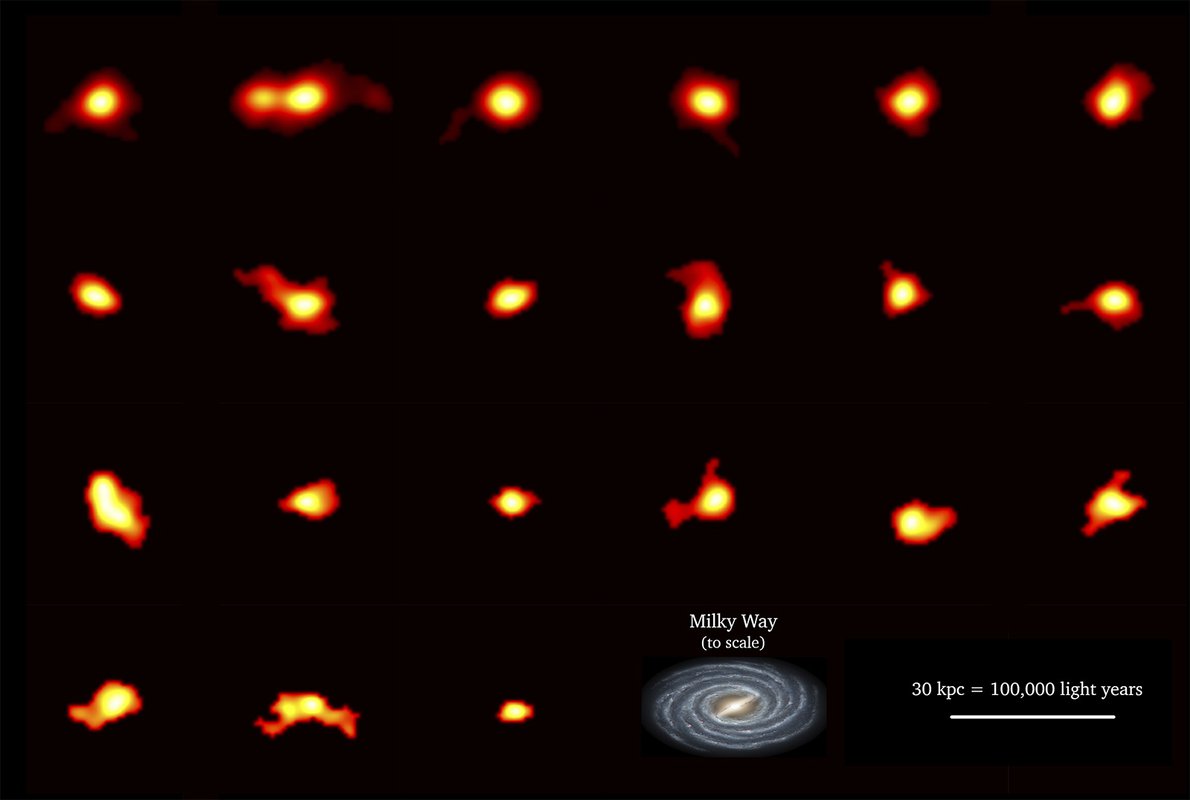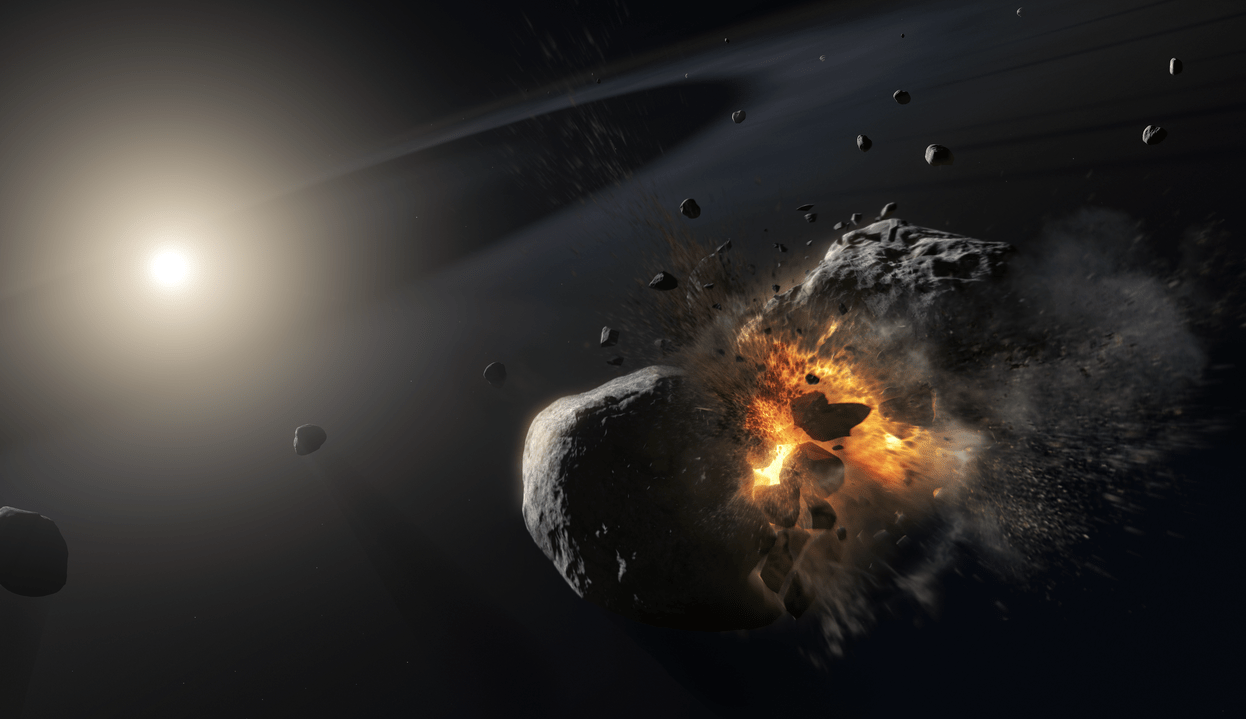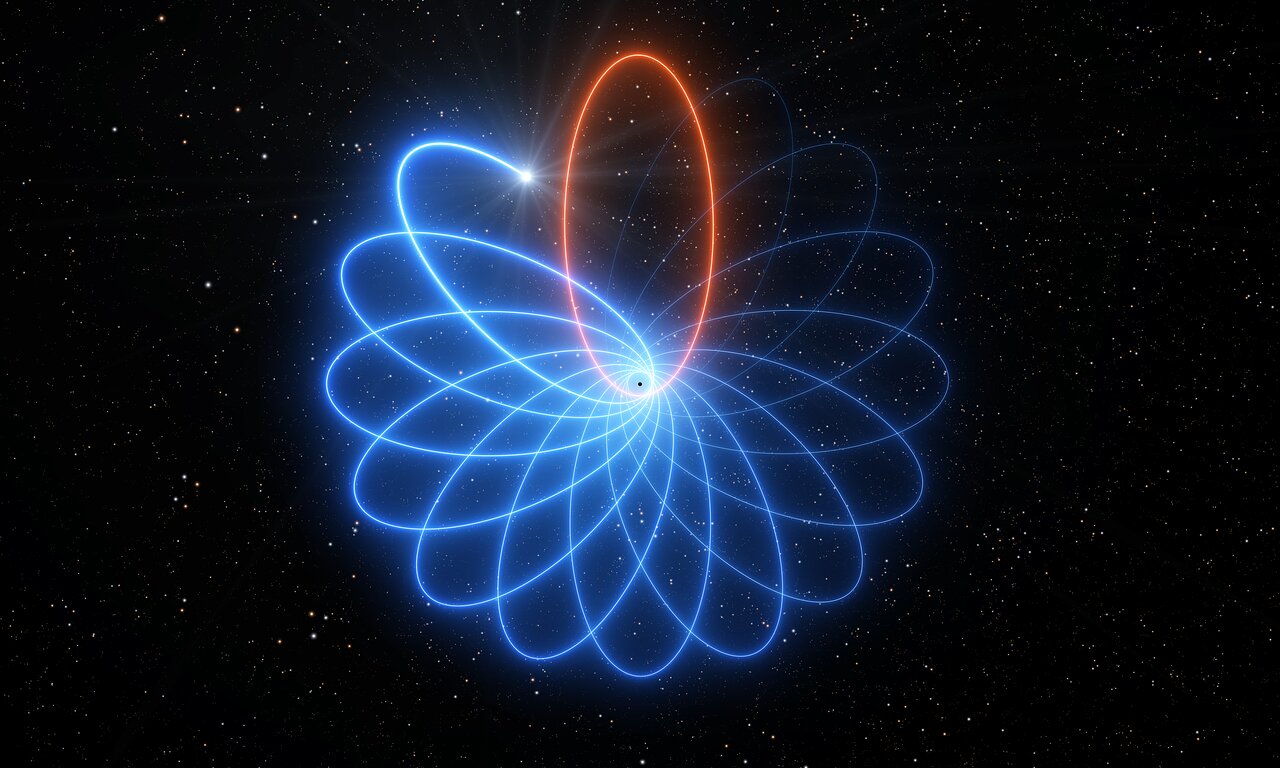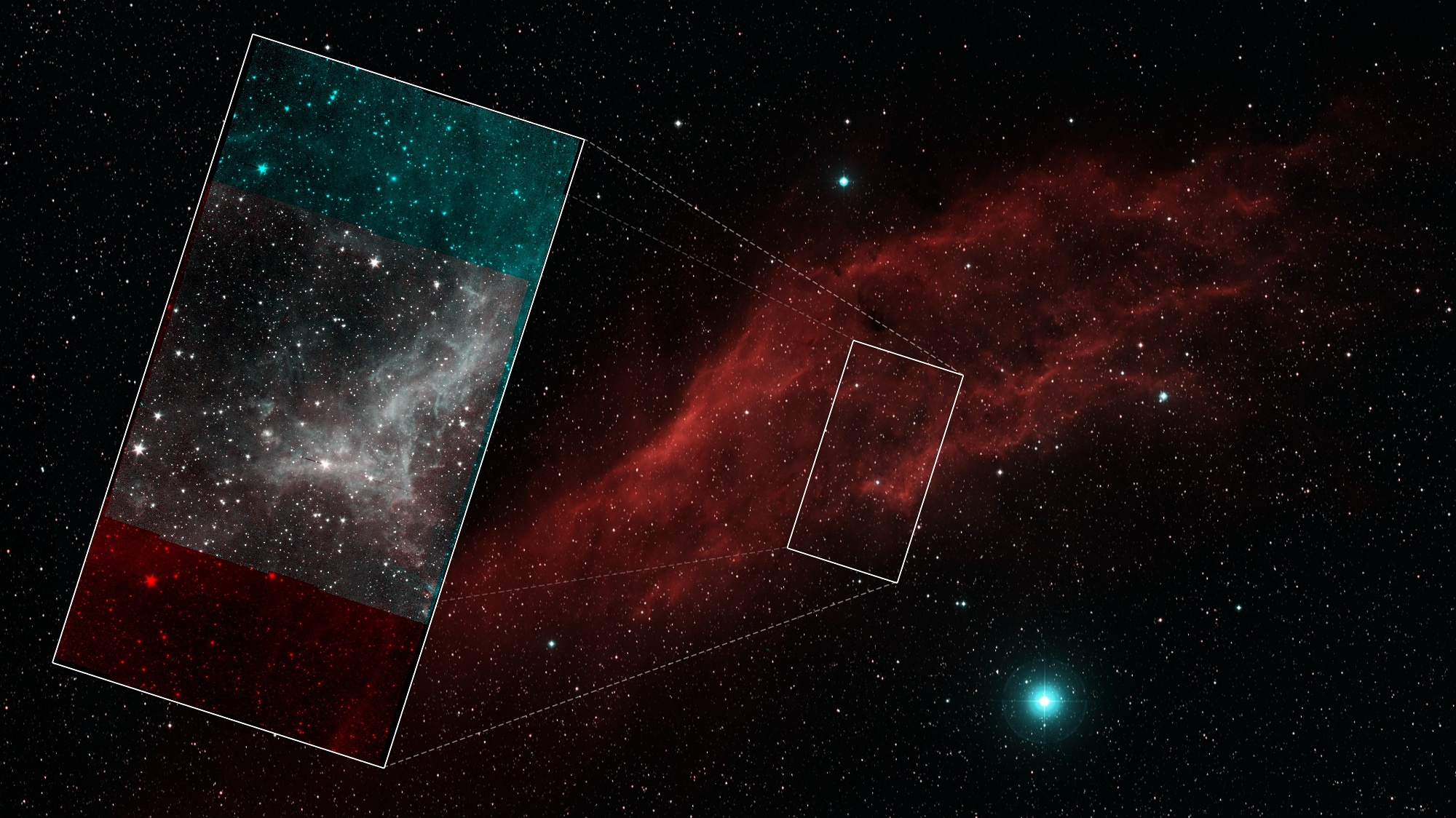Billions of years ago, Mars was once a much different place than the cold and desiccated place it is today. Basically, it had a thicker, warmer atmosphere and liquid water flowing on its surface, and maybe even life! The reason for this is because, like Earth, Mars had a planetary magnetic field that was generated by action in its core. But when that field disappeared, things began to change drastically!
For years, scientists believed that this field disappeared over 4 billion years ago, causing Mars’ atmosphere to be slowly stripped away by solar wind. But according to new research led by the University of British Columbia (UBC) has placed new constraints on when this magnetic field disappeared, indicating that Mars’ magnetic field existed sooner (and laster hundreds of millions of years longer) than previously thought.
Continue reading “When Did Mars Lose its Global Magnetic Field?”
